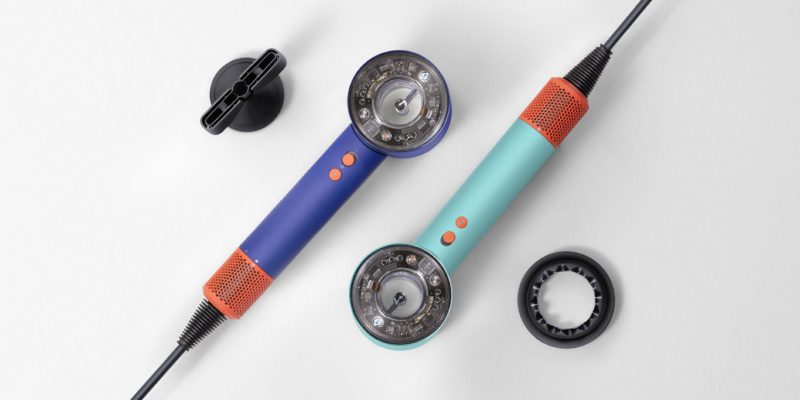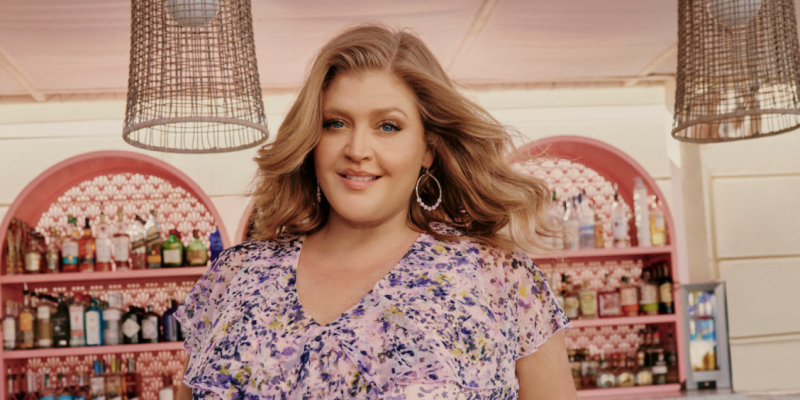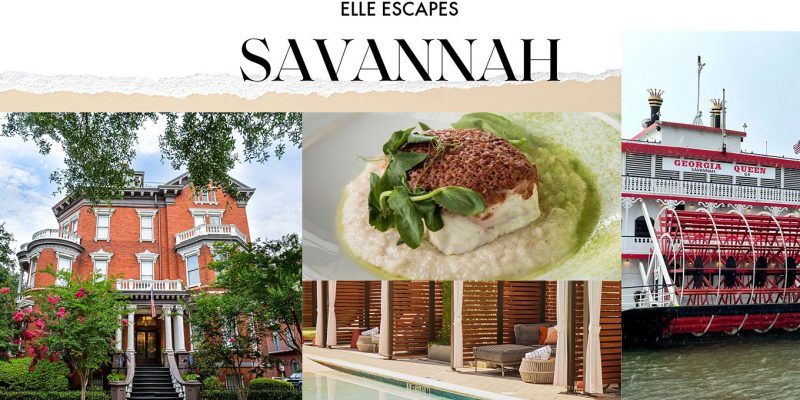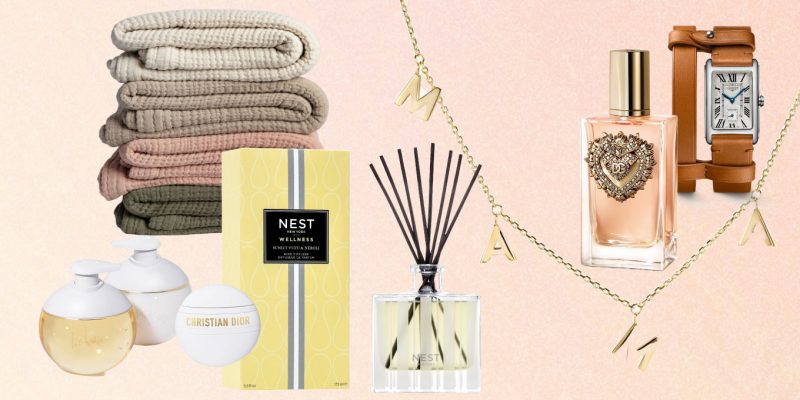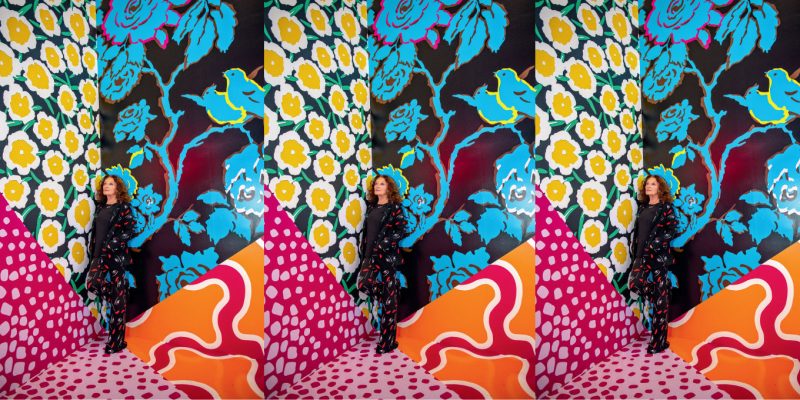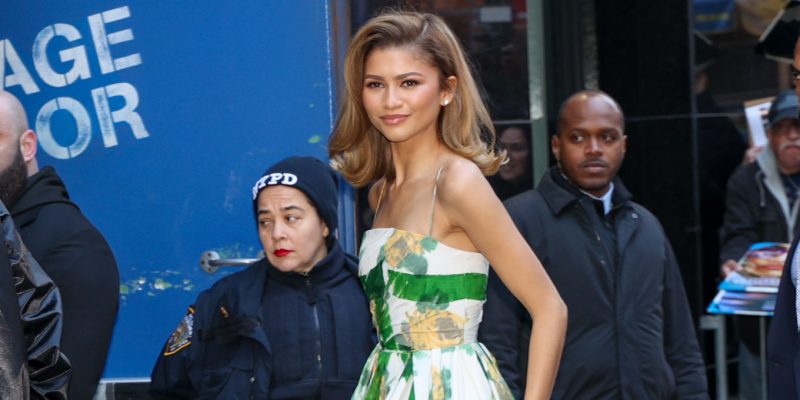Until a fire gutted the Montreal store in 1954, Browns carried a middle-of-the-road assortment of shoes. Planning the redesign of its Sainte-Catherine Street store gave Morton Brownstein, who had inherited the business from his father, Benjamin, the imeptus to go high-end. “My father [Morton] was open to all new trends, including retail architecture and interior design,” says Janis Brownstein, director of corporate communications.
(It’s still a family operation: Michael, Morton’s son, is president and general merchandising manager; Michael’s son, David, is involved in operations; and his daughter, Julia, is a buyer of women’s fashions.) “He had the foresight to travel to Italy. It was a gamble to bring back Salvatore Ferragamo, Charles Jourdan and Bruno Magli shoes. We were the first ones in Canada.”
At his shop in Florence, Ferragamo himself wrote Browns’ original order for shoes and handbags. When Morton first bought the Italian designer shoes, his parents thought he had flipped out because at $29.95, they were double the cost of the average shoe. “They couldn’t believe people would pay that,” says Janis.
In the early ’60s, Morton started the concept of the private label with the store’s own line, Browns. Sourced from Italy and Spain, the shoes interpret the trends at more affordable prices. Then, in the mid-’60s, Bravo Browns was created for special private collections. And in 1996, B2 was launched, a line that focuses on edgy, street fashion.
This month, in keeping with its high-fashion tradition, Browns opens a new concept store with an extensive designer selection at Toronto’s Yorkdale Shopping Centre. It’s stocked with spring’s hottest shoes and accessories: platforms, wedges, prairie-girl clogs, laser-cut slouch boots, as well as Roman/Grecian-inspired sandals and oversized satchels. With more than 45 locations accross the country, it’s no surprise that Browns is considered Canada’s designer-footwear mecca. “I want every customer to say ‘I need to go to Browns’ not ‘I need to buy a pair of shoes,’” says Morton. That was the operating philosophy then. It’s still the operating philosophy now.

